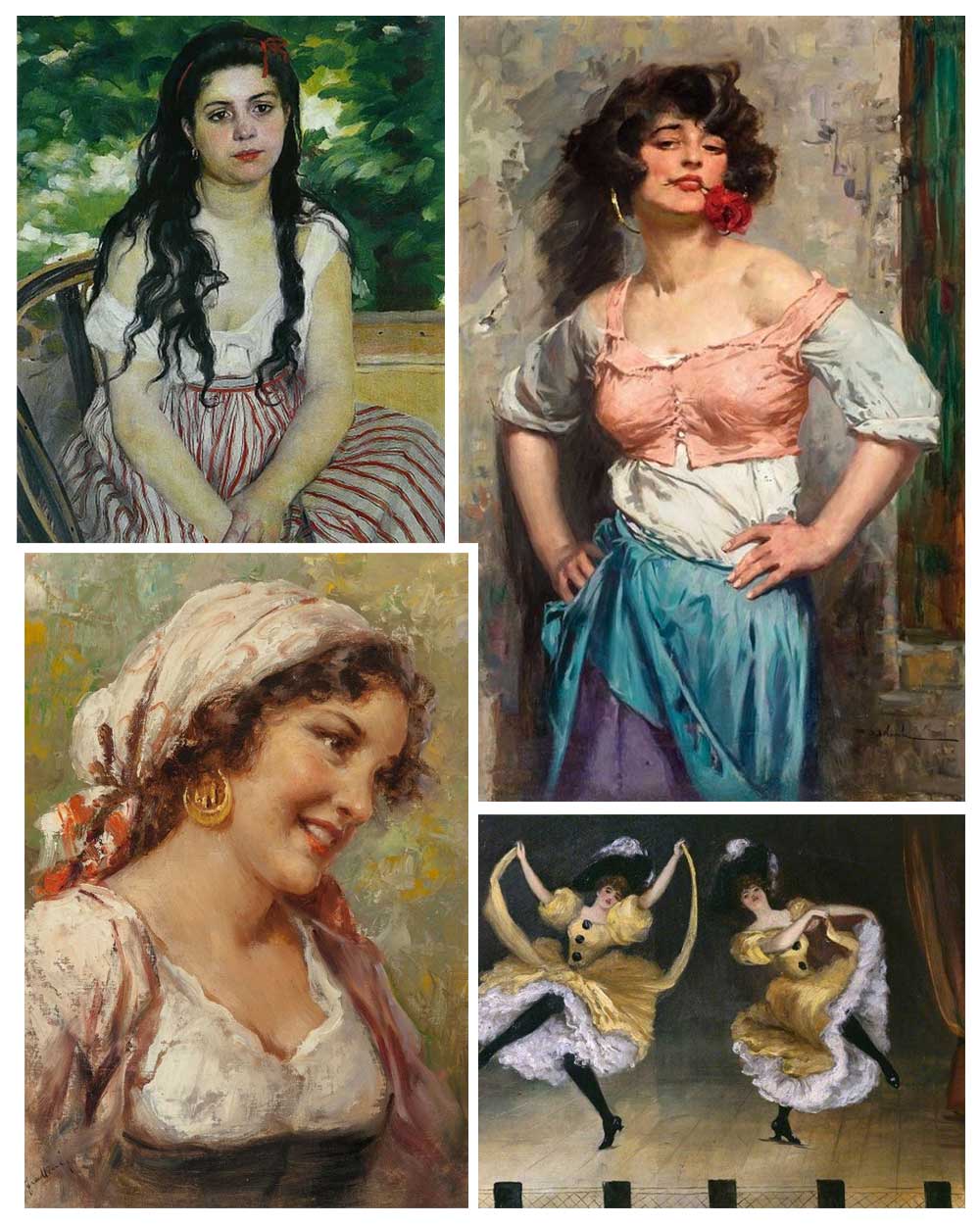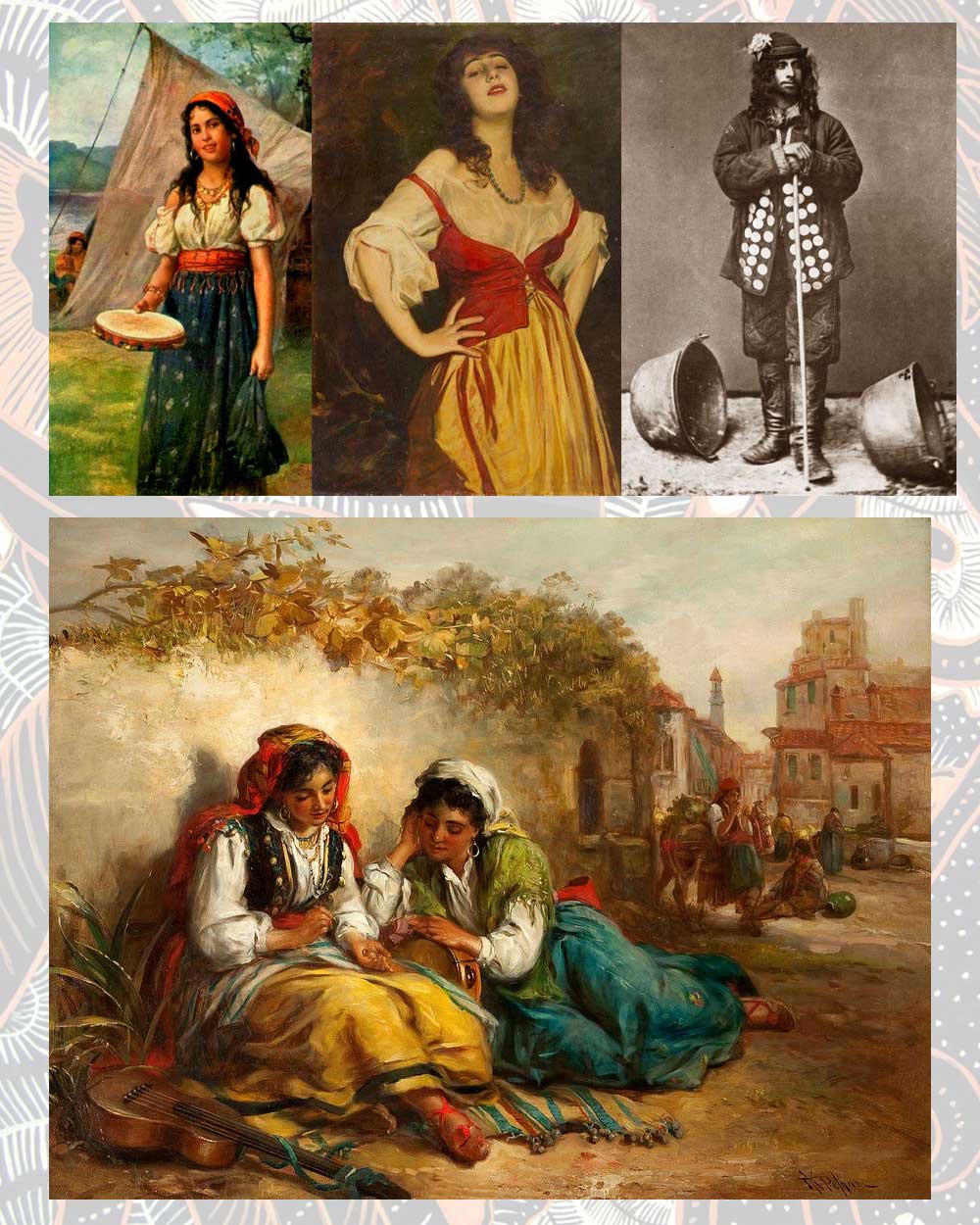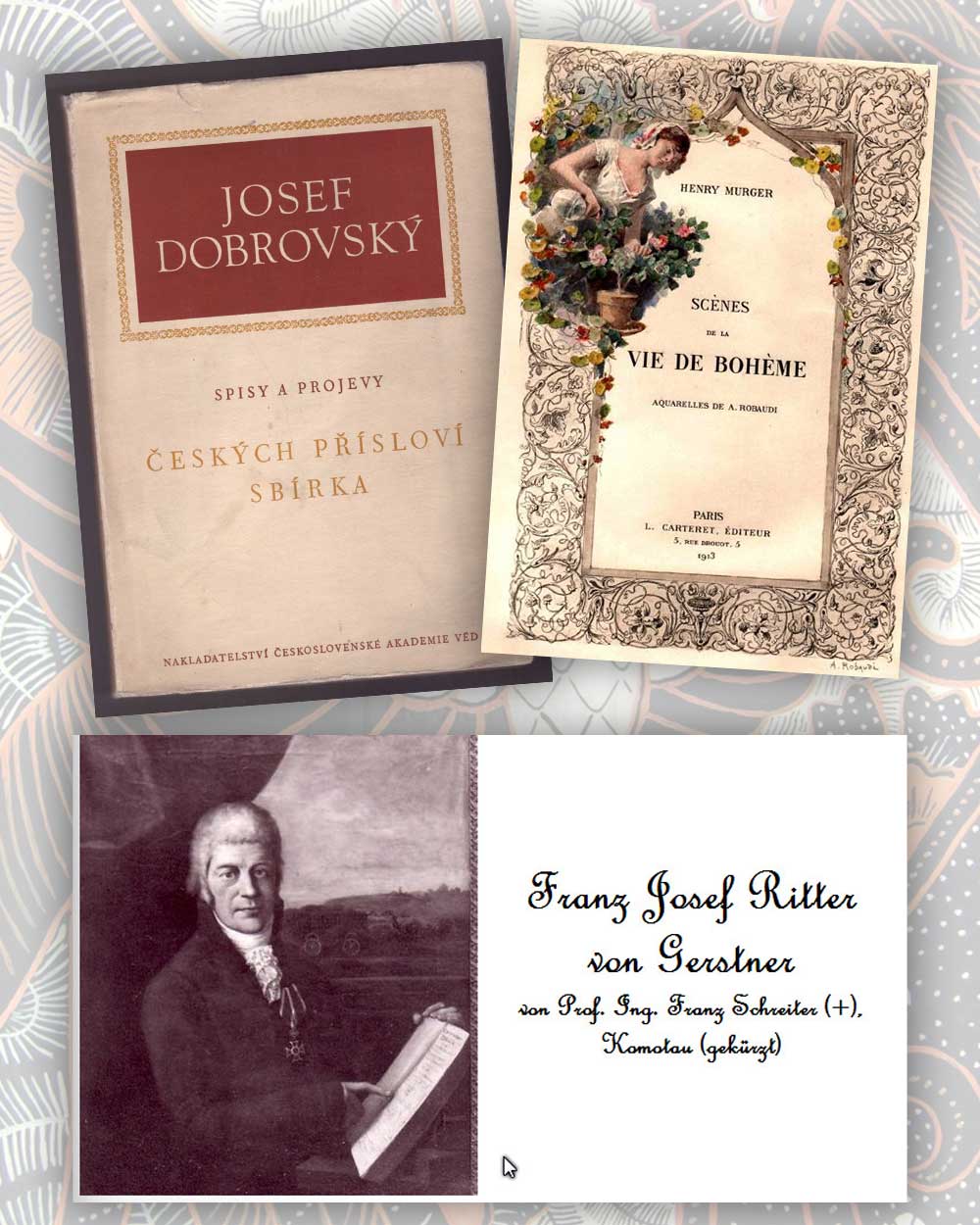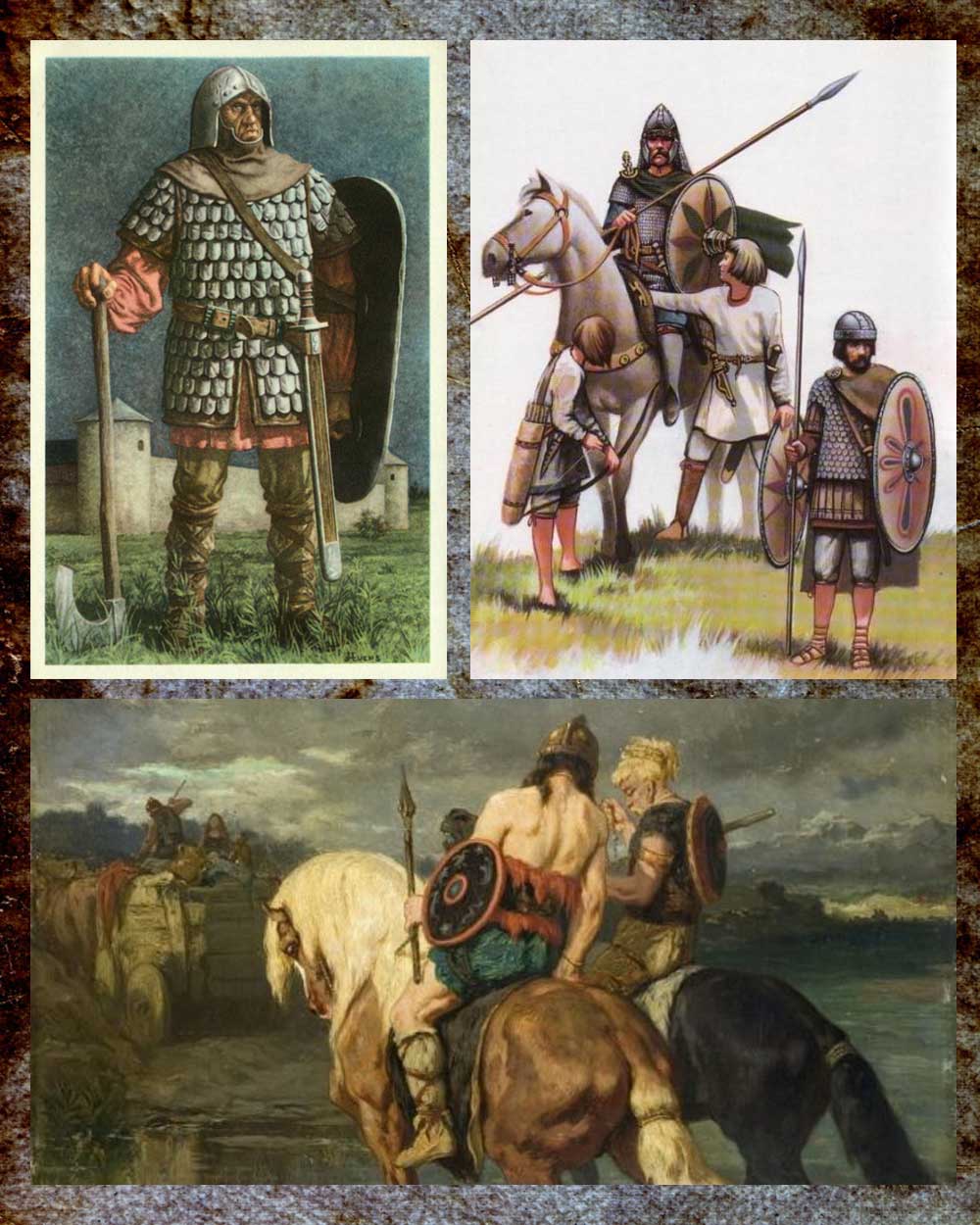What is Fashion?
Fashion is a term used interchangeably to describe the creation of clothing, footwear, accessories, cosmetics, and jewelry of different cultural aesthetics and their mix and match into outfits that depict distinctive ways of dressing (styles and trends) as signifiers of social status and group belonging.
[caption id="attachment_71460" align="aligncenter" width="1000"]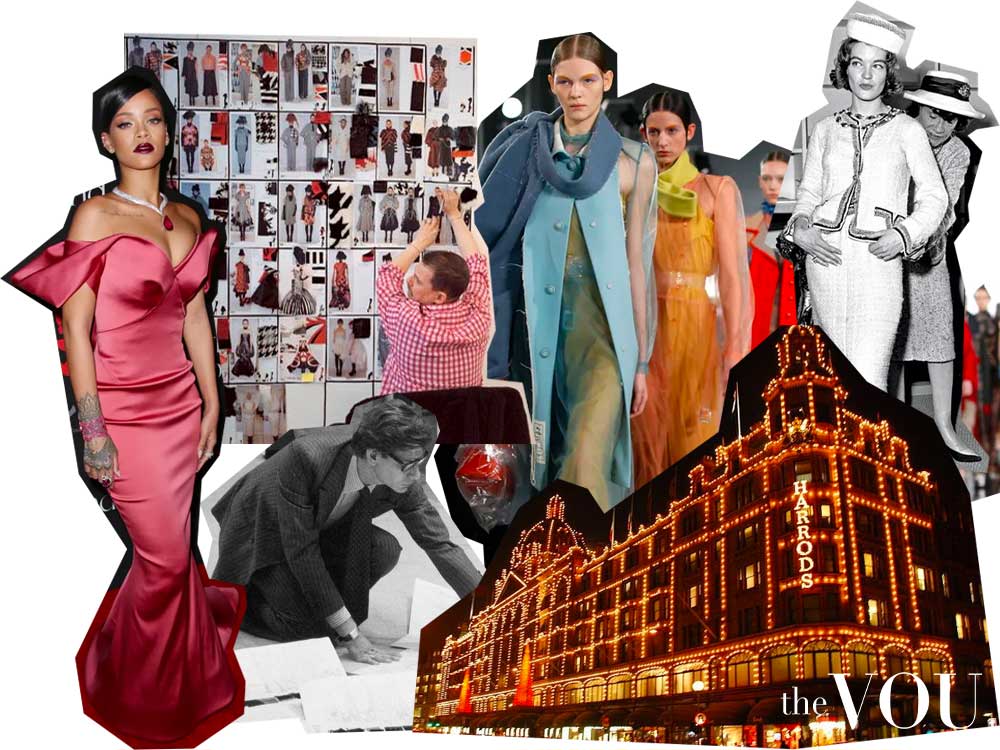 Fashion in different contexts - industry, design, runway, shop, and celebrities.[/caption]
Fashion in different contexts - industry, design, runway, shop, and celebrities.[/caption]
The term 'fashion' originates from the Latin word 'Facere,' which means 'to make,' and describes the manufacturing, mixing, and wearing of outfits adorned with specific cultural aesthetics, patterns, motifs, shapes, and cuts, allowing people to showcase their group belonging, values, beliefs, and ways of life.
The Multiple Facets of Fashion
Often used as a concurrent term to style, trend, and aesthetic concerning the look of people or objects (stylish, trendy, fashionable), the word fashion has a multifaceted, complex meaning.
[caption id="attachment_71466" align="aligncenter" width="1000"] Different facets of fashion.[/caption]
Different facets of fashion.[/caption]
In this section, we'll show the multiple facets of fashion (as a term) and its association with styles, aesthetics, and trends.
Fashion as an Industry
The fashion industry encapsulates fashion design, manufacturing, advertising, and retail.
Earlies forms of 'fashioning' people emerged in medieval times through custom-made clothing by dressmakers and tailors.
At the start of the 20th century, the process of making fashion (clothes and accessories) was accelerated by technological advancements and the rise in global trade.
[caption id="attachment_71467" align="aligncenter" width="1000"] Fashion as an industry[/caption]
Fashion as an industry[/caption]
Mass producers and retailers of clothes and accessories formed what we now call the fashion industry, one of the world's largest employers with a significant share of world economic output.
The fashion industry comprises international manufacturers (fiber, textiles, leather, rubber, fur, etc.), fashion designers, transport and packaging contractors, fashion advertisers, and retailers.
Clothing is designed in one country, manufactured in another, and sold worldwide; raw materials from China, stitched in India and Vietnam, accessorized, labeled, and packaged in Italy and France, and sold worldwide from the United States.
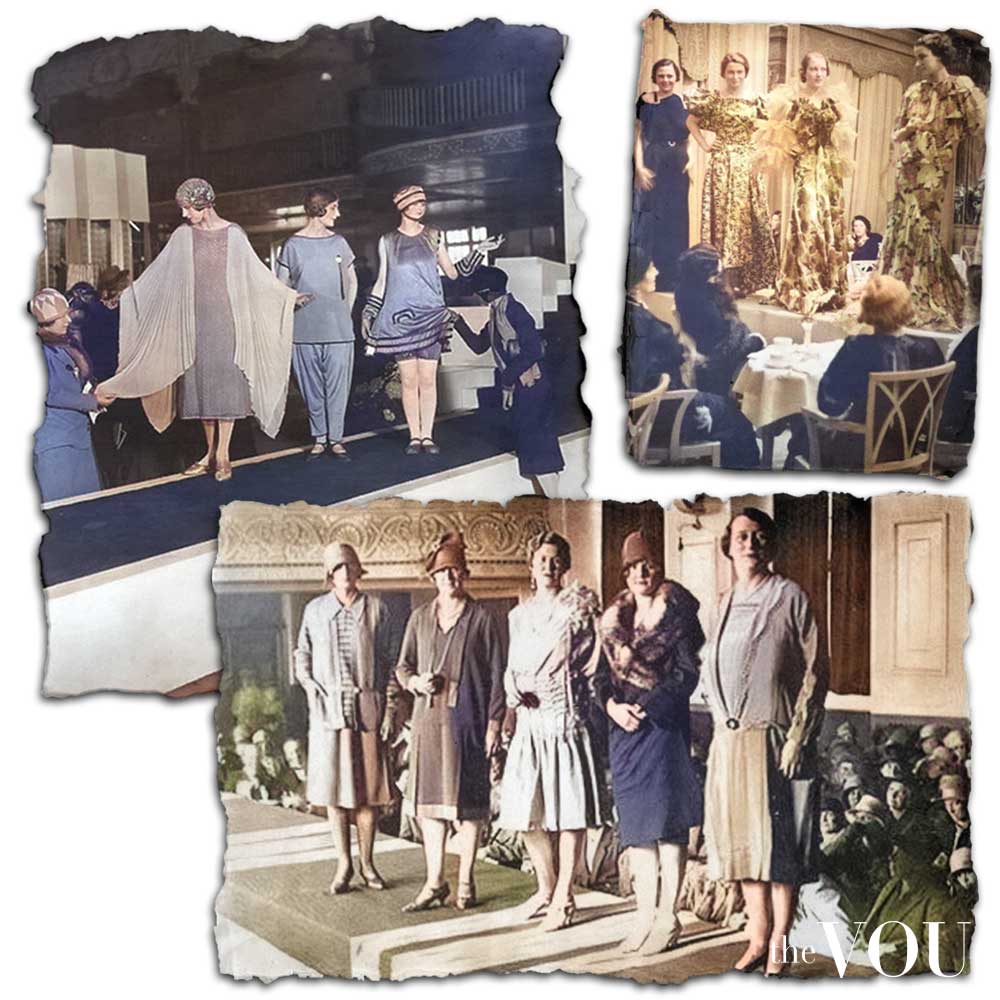 Home-based and Department Store Fashion Shows[/caption]
Home-based and Department Store Fashion Shows[/caption] Fashion Design - Source: The VOU[/caption]
Fashion Design - Source: The VOU[/caption]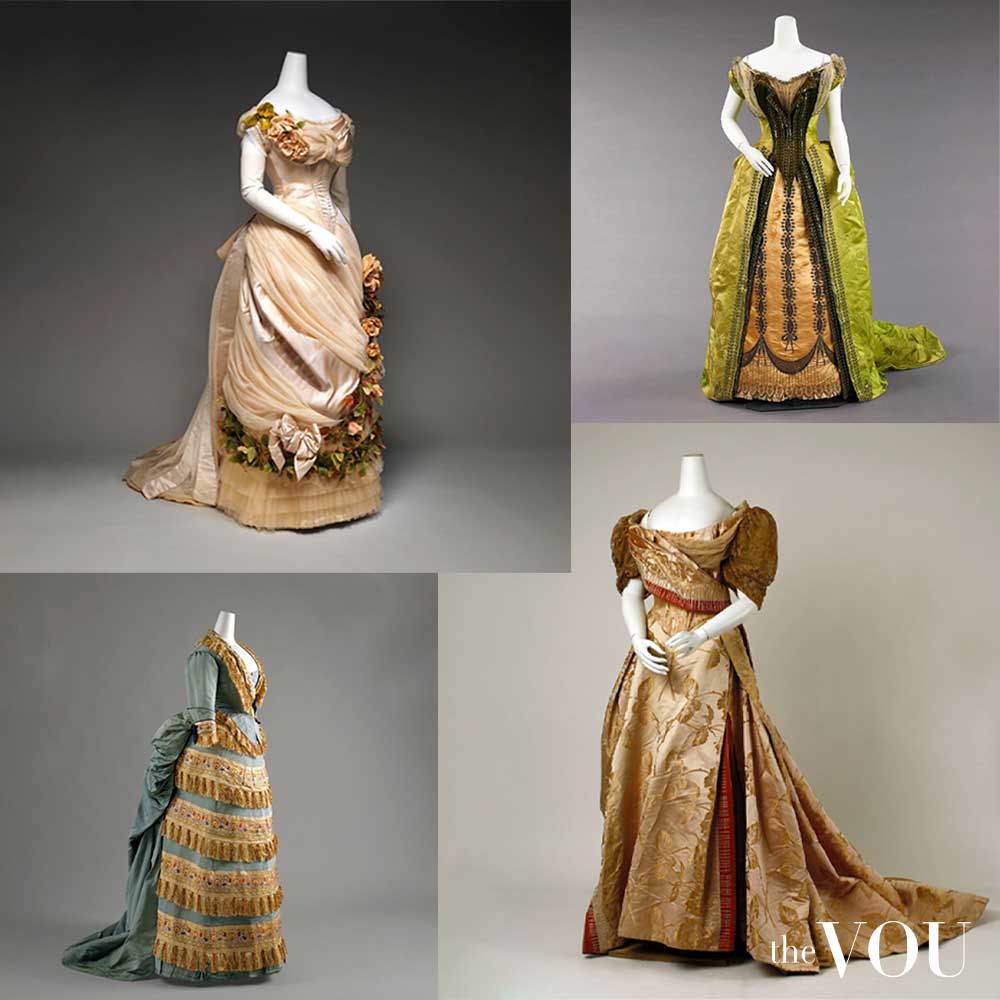 Charles Frederick Worth fashion design by House of Worth (France, 1858 – 1956) - Source: The Metropolitan Museum of Art.[/caption]
Charles Frederick Worth fashion design by House of Worth (France, 1858 – 1956) - Source: The Metropolitan Museum of Art.[/caption]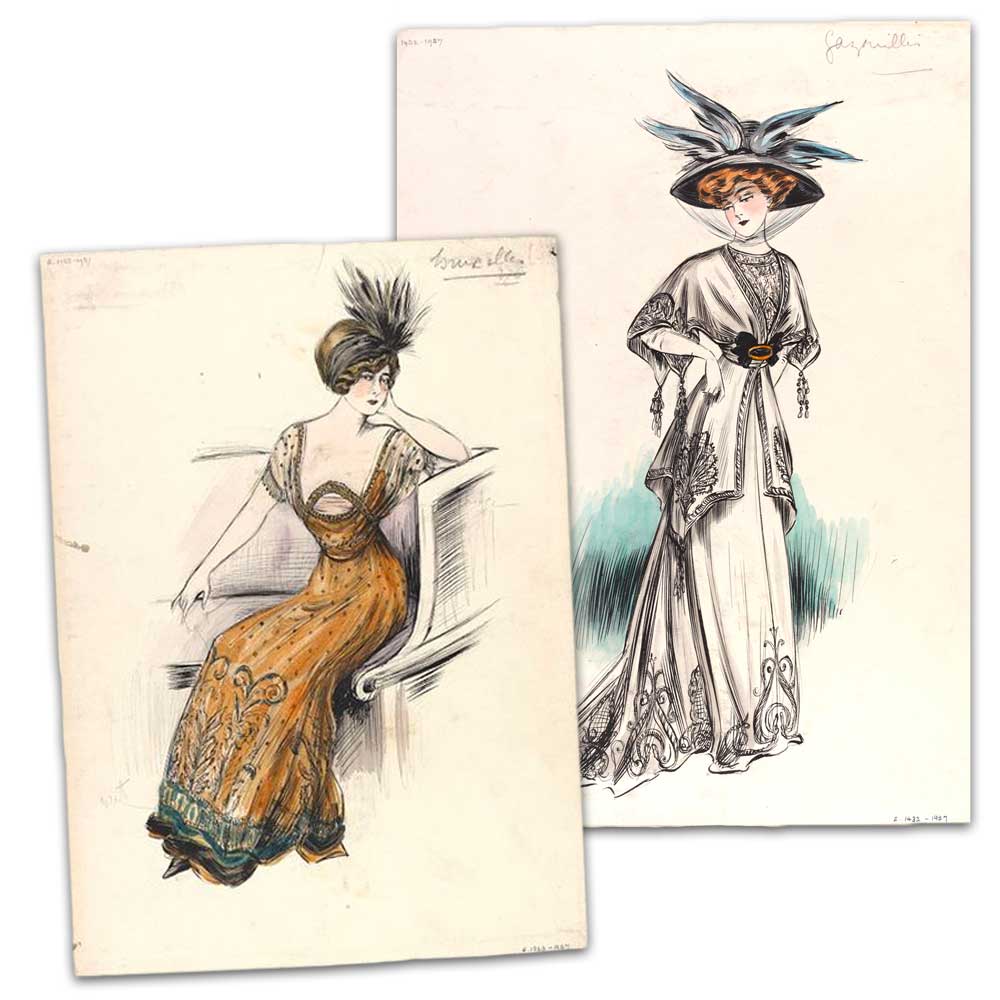 Fashion sketch 90th Century - Source: Victoria and Albert Museum[/caption]
Fashion sketch 90th Century - Source: Victoria and Albert Museum[/caption]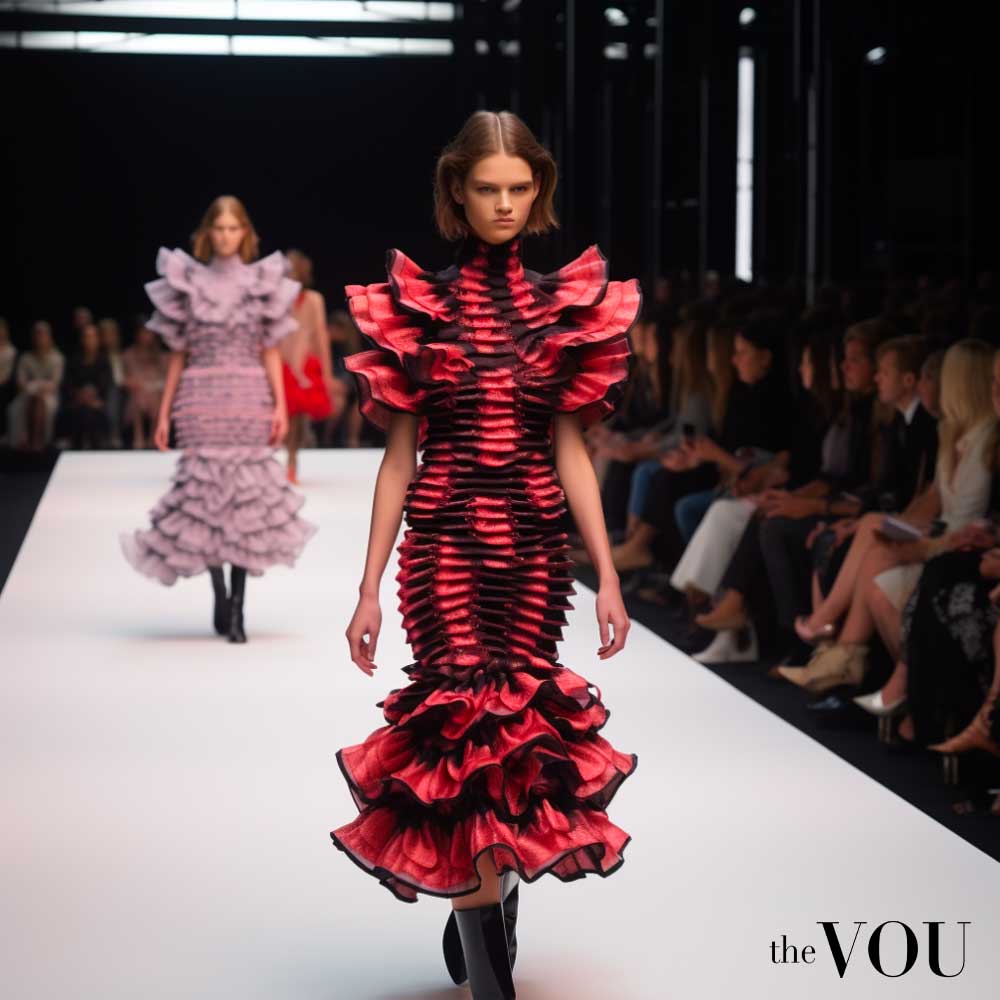

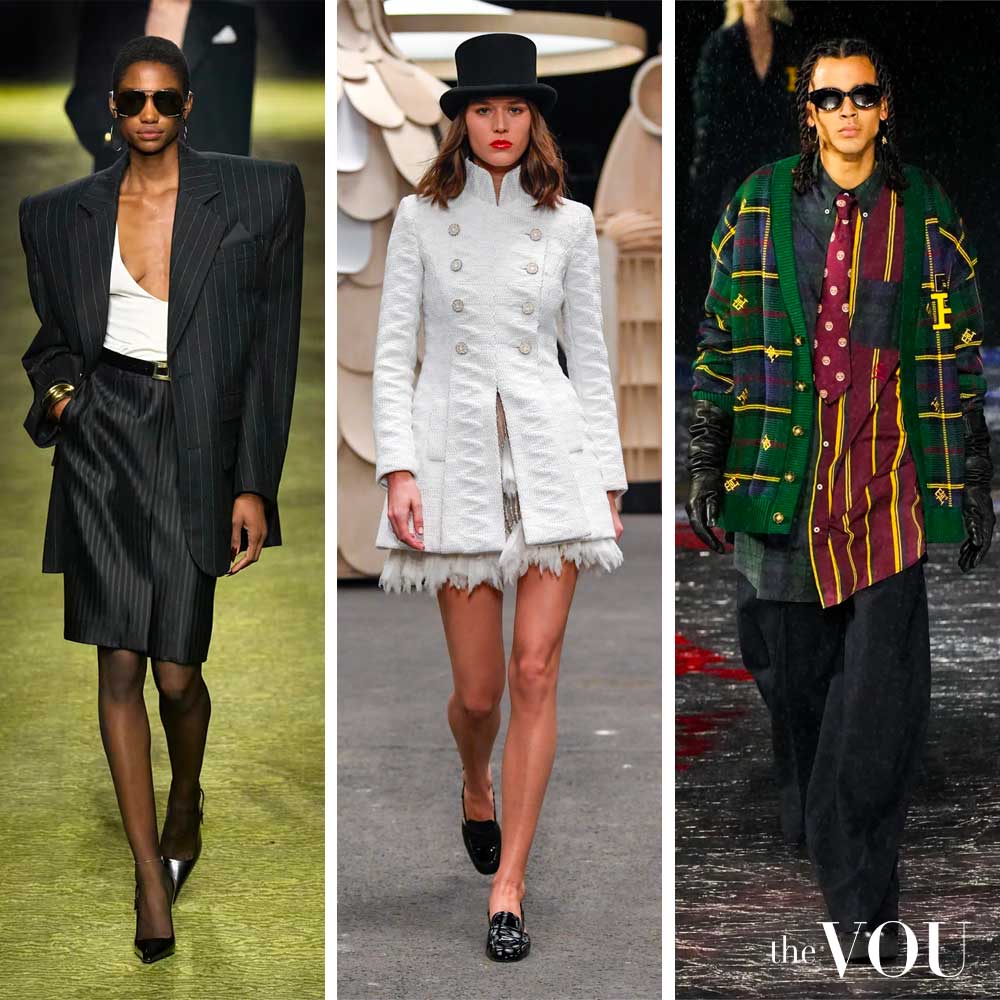
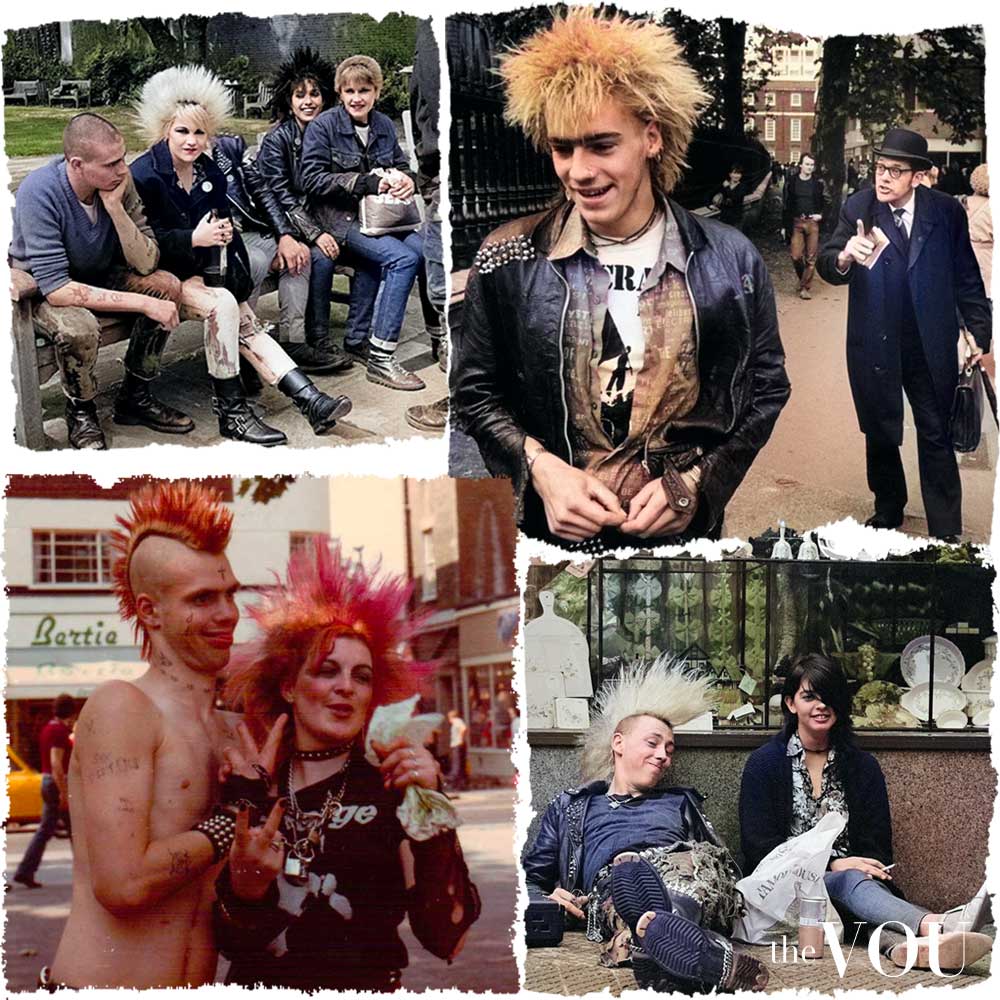 Punk Subculture in the 70s[/caption]
Punk Subculture in the 70s[/caption]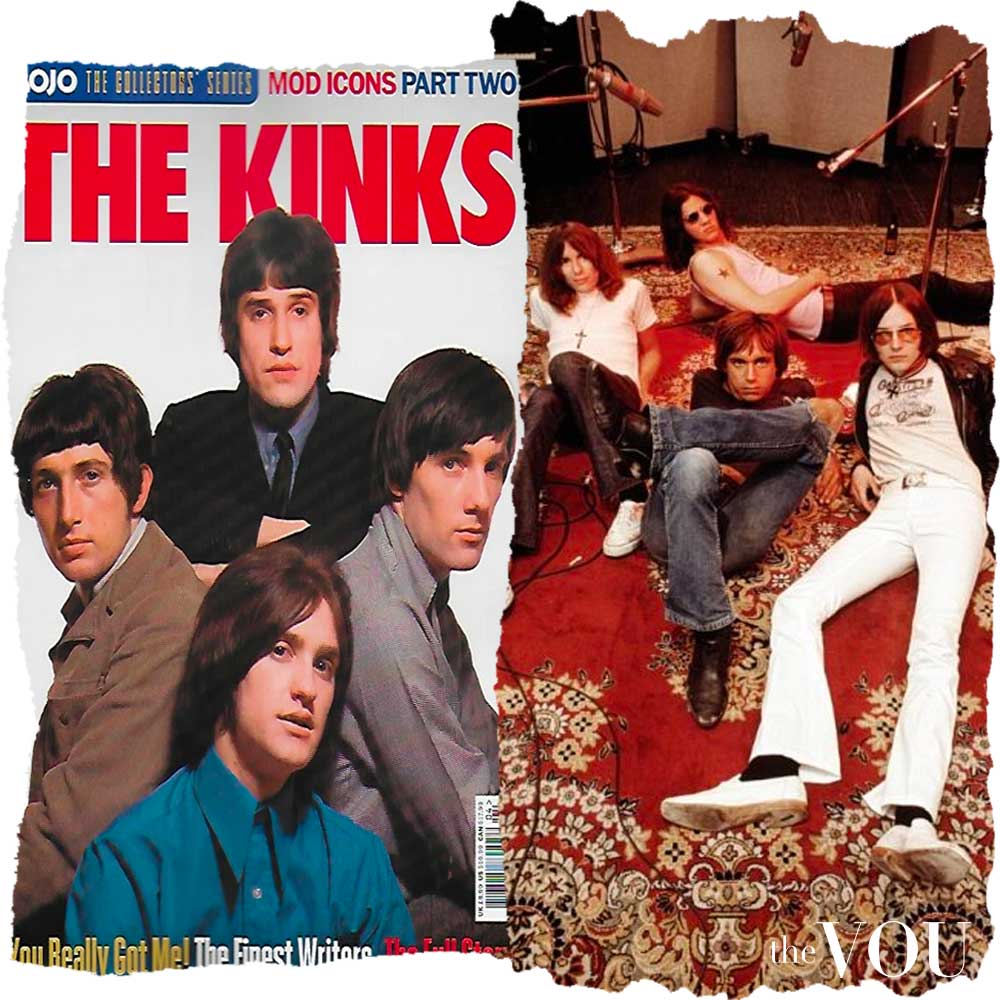 Origin of Punk in the 60s - The Kinks and The Stooges.[/caption]
Origin of Punk in the 60s - The Kinks and The Stooges.[/caption]
